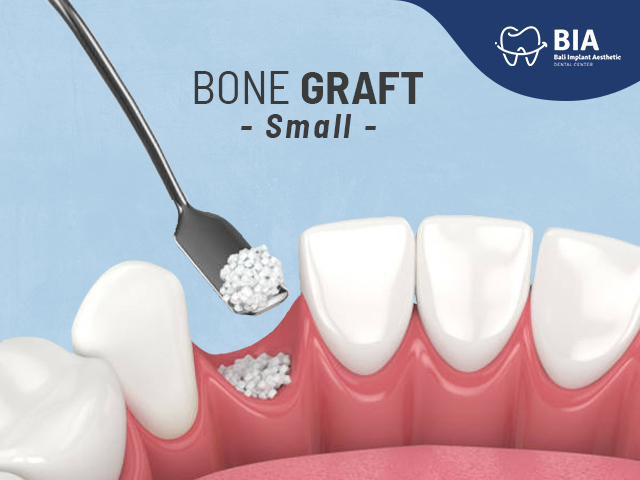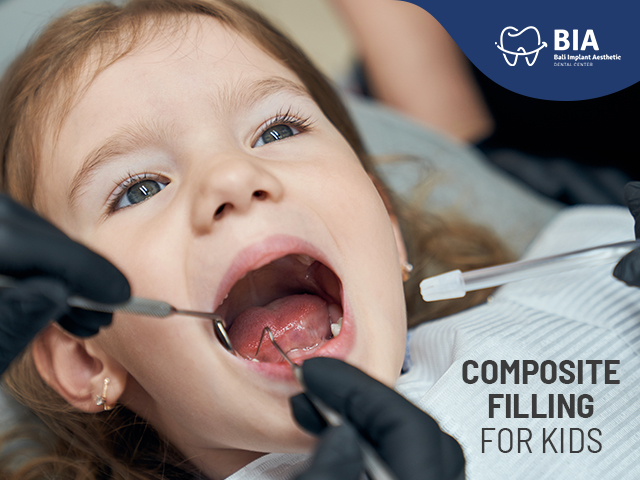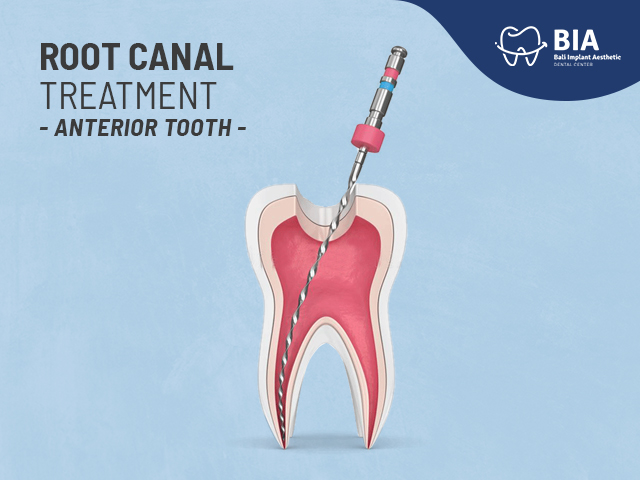Safety Levels of Teeth Whitening Agents
Article | 2024-01-21 10:33:14
Safety Levels of Teeth Whitening Agents
Teeth whitening is a method to counteract discoloration by chemically restoring teeth to their original color, aiming to enhance the aesthetic factor for patients.
With technological advancements, teeth whitening procedures can now be performed at home under the supervision of a dentist. The increasing availability of teeth whitening products in the market emphasizes the importance of dentists being well-prepared to address public inquiries. Common questions include which products are the best, potential side effects, contraindications, the longevity of whitening effects, and other considerations.
Teeth whitening materials are categorized into two main types:
1. Whitening Agents with Peroxide Content: Carbamide peroxide is widely used in various whitening products, whether for at-home or in-clinic procedures. ADA-approved at-home products usually contain 10% carbamide peroxide applied with custom-made trays. However, even for at-home procedures, it is crucial to follow a dentist's supervision and instructions. Products with carbamide peroxide concentrations exceeding 10% are not approved by the ADA for use outside dental clinics.
2. Toothpaste Containing Whitening Agents:
The teeth whitening process involves oxidation-reduction reactions, where peroxide serves as the oxidizing agent. Carbamide peroxide breaks down into hydrogen peroxide and urea. Hydrogen peroxide generates free radicals, reacting with organic molecules in tooth enamel. This reaction reduces larger, pigmented organic molecules into smaller, less pigmented ones, resulting in teeth appearing whiter as these smaller molecules reflect less light.
Safety levels often correlate with potential side effects on the tooth surface, pulp tissue, and oral mucosal tissues. Common side effects post-teeth whitening treatment include gum sensitivity and soft tissue irritation. Hydrogen peroxide content can penetrate pulp spaces through enamel and dentin, causing sensitivity. Therefore, it's recommended to apply fluoride post-treatment to alleviate sensitivity and support remineralization. To prevent mucosal irritation, using a rubber dam during treatment is advisable. Over the last five years, this procedure has been considered safe and effective, with attention to the following:
1. Hydrogen peroxide/carbamide peroxide content (around 15-38% for clinic procedures, and 3-10% for at-home treatments).
2. Monitoring for potential allergies.
3. Continuous supervision by a dentist.
Always consult dental health concerns with your dentist at the best dental clinic in Bali of your choice.
References:
Haywood VB. Tooth Whitening: Indications and Outcomes of Nightguard Vital Bleaching. Quintessence Int. 1992;23(7):471-88.
Kugel G, Petkevis J. Aesthetic Dentistry Today. 2006;66-71.
Joiner A. The bleaching of teeth: a review of the literature. J Dent. 2006;34(7):412-9.
Carey CM. Tooth Whitening: What We Now Know. J Evid Based Dent Pract. 2014;14 Suppl:70-6.
Contact Information:
BIA (Bali Implant Aesthetic) Dental Center
Jl. Sunset Road No.168, Seminyak, Badung, Bali Indonesia 80361.
+6282139396161




